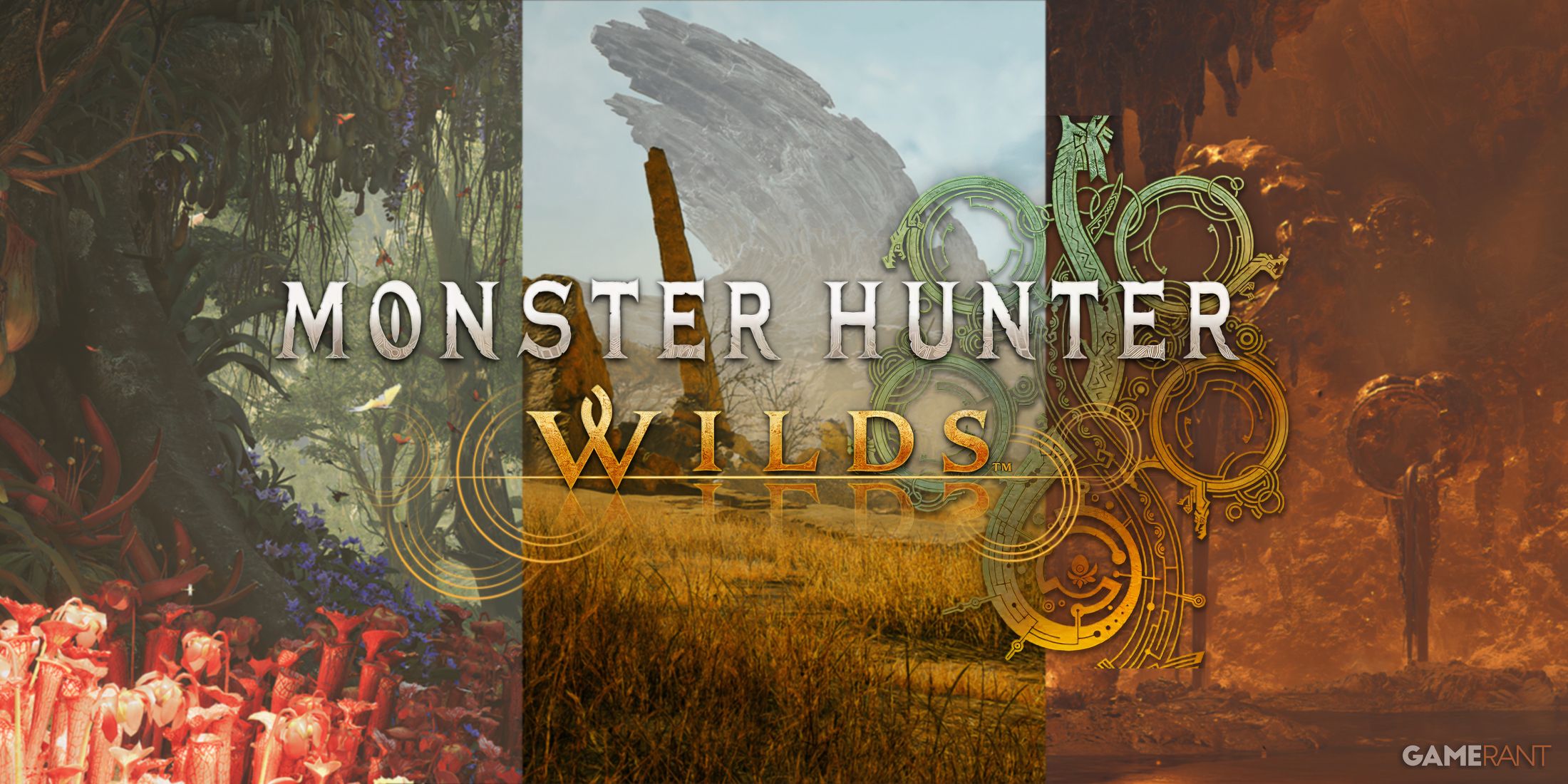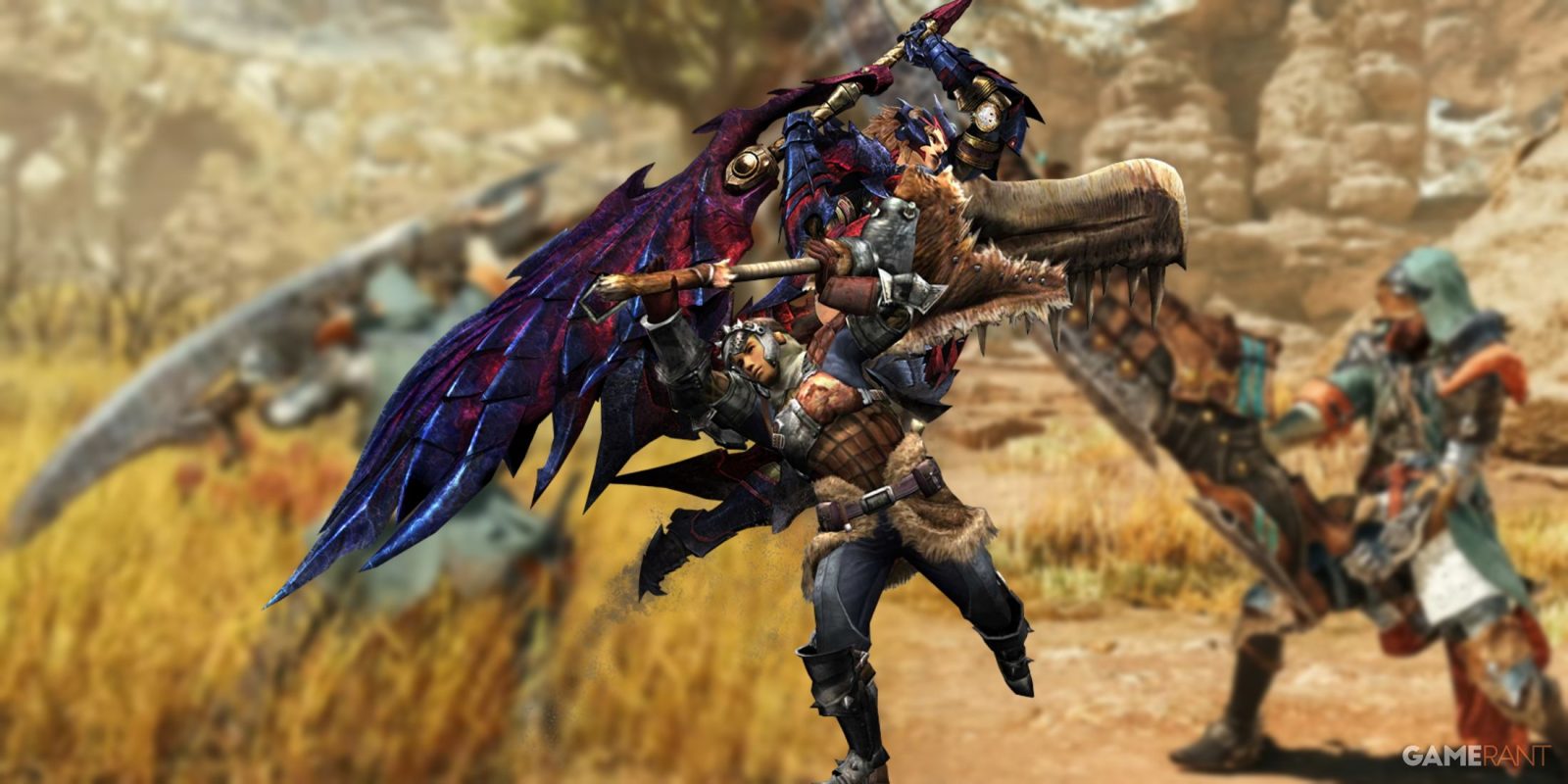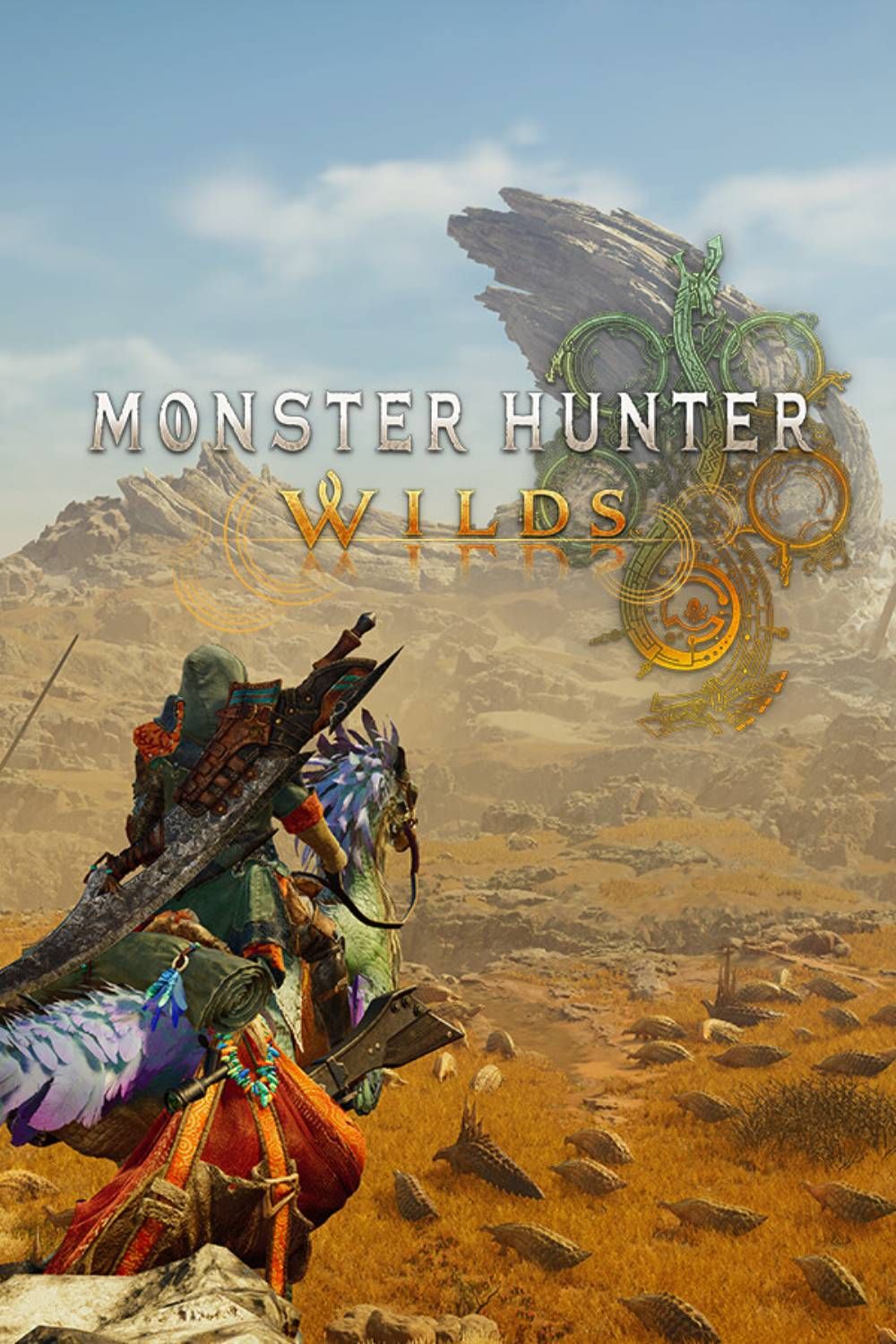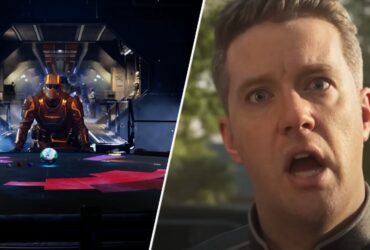The recent beta test for Monster Hunter Wilds has been met with generally positive feedback as it showcased impressive new features and quality-of-life enhancements, but one recurring criticism has also cast a shadow over that praise. While the gameplay feeling of the introduction to the series’ sixth generation is overall comparable to what was appealing about past entries, the specific reduction in the presence of the “hitstop” effect of attacks has been mostly perceived as a detrimental change to combat. With Monster Hunter Wilds slated for release in just a few months, fans are hoping that Capcom will take their feedback into consideration before it’s too late.
Hitstop might not be the most well-known term in gaming, but it has long been a subtle yet powerful tool in many successful action games. The idea involves a brief pause in an animation, making heavy attacks appear to hit with greater force through holding certain poses for a longer number of frames. In MH, hitstop has been a key aspect of selling the impact of battles with giant creatures, but Monster Hunter Wilds‘ weapons have seemingly been designed to have far less than in prior titles.

Related
Every Monster Hunter Wilds Ecosystem Confirmed So Far Explained
So far, Monster Hunter Wilds has confirmed three unique ecosystems, each of which has distinct characteristics, including flora, fauna, and monsters.
Hitstop Has Always Been Crucial to the Weight of Monster Hunter’s Combat
Selling Action in a Realism-Based Survival Context
Starting from the earliest Monster Hunter titles on the PS2, attacks in MH were designed with momentary pauses to emphasize when they land. The series has always prided itself on leaning into elements of realism, such as the animal-based anatomies of its enemies and their lack of health bars, but the implementation of hitstop has also indicated that embellishing stylish action is just as important to the franchise. It might not be entirely accurate to real-life physics that a sword swing would freeze-frame in the middle of an attack, but these pauses ideally occur for fractions of a second in a way that the player perceives as fluid.
Up until the most recent entries in the series, Capcom has largely refined the use of hitstop by finding ways to use longer holds and express more dramatic striking. The overhead swing for Monster Hunter‘s Switch Axe, for example, seems to have nearly doubled in held frames from its introduction in Tri to World, but Rise has since taken a smoother approach to animation in between those approaches. After players have now gotten their hands on Wilds, the apparent changes to this system are the most jarring that the franchise has seen.
Several Monster Hunter Wilds Weapon Attacks May Have Had Their Hitstop Almost Entirely Removed
Even Nuances like Sharpness Don’t Seem to Account for the Change in Impact
With the feel of everything from the Hammer to the Insect Glaive not necessarily matching up to the weightiness of other MH titles, a far more fluid approach to hit effects may have been an intentional design choice made for Wilds. Following the spread of a video on X/Twitter showcasing Monster Wilds‘ hitstop weapon feel problem, the likes of the Greatsword’s charged overhead swing have been the subject of scrutinization due to noticeably flimsy hit feedback when shown side-by-side with other games. While it’s important to note that the influence of weapon sharpness and the specific point of attack on a given monster have also likely contributed to this assessment, even accounting for these factors leaves the upcoming game in generally smoother animation territory.
Capcom’s Limited Remaining Development Timeframe
A considerable amount of beta feedback may be circulating, but Monster Hunter Wilds only has until February to iron out any of its remaining issues. Around three months is a short period for making any core adjustments to combat, but it’s possible that adding more hitstop might just take a relatively simple adjustment of existing animations by editing their timing. As the upcoming game is set to further solidify the series’ growing mainstream appeal, how Capcom approaches the backlash to Wilds‘ combat will define expectations for the IP moving forward.
Source link













Leave a Reply